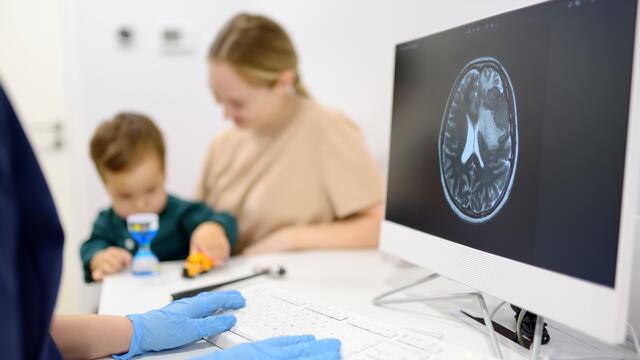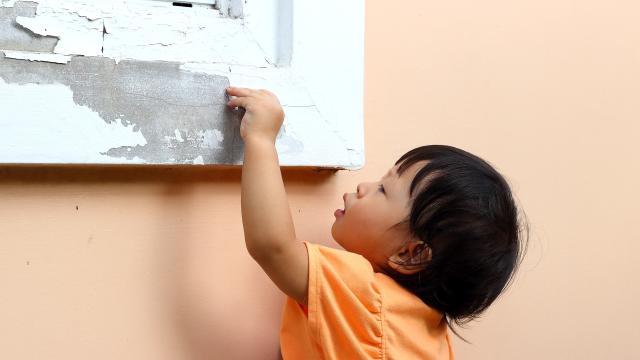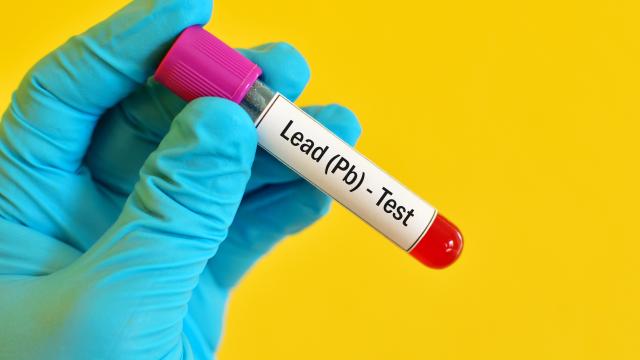Lead-Safe Wisconsin: For Families and Caregivers
Young children are most at-risk for lead poisoning. If you care for a young child, this page is here to help. Understand the risks of lead, learn how to keep your child safe, and find out how get your child tested.
What is lead poisoning?
Lead impacts the body in many ways. Understand why it hurts young children the most and why even low levels can be dangerous.
Sources of lead
Lead hides in more places than you think. You can find it in paint, soil, and even makeup. It's important to understand sources of lead and how to avoid them.
Test your child for lead
Children are often exposed to lead without our knowledge. The only way to know if your child was exposed to lead is with a blood test.
Make your home lead-safe
Lead can be in your home or rental. Easy, everyday tasks can keep your home and child safe.
Lead exposure and pregnancy
Lead can harm both the pregnant person and the baby. If you're pregnant, breastfeeding, or planning to become pregnant, learn how to stay safe.
About the Childhood Lead Poisoning Prevention Program
Wisconsin works with families, health care providers, and communities to prevent lead poisoning.
More information
Looking for additional details or tools? These resources can help you go deeper, stay informed, and find materials to share with others:
Download fact sheets, brochures, screening forms, and educational materials to use at home, in clinics, or throughout your community.
Explore state and local data on childhood lead poisoning to better understand where risks exist and how Wisconsin is working to reduce them.






